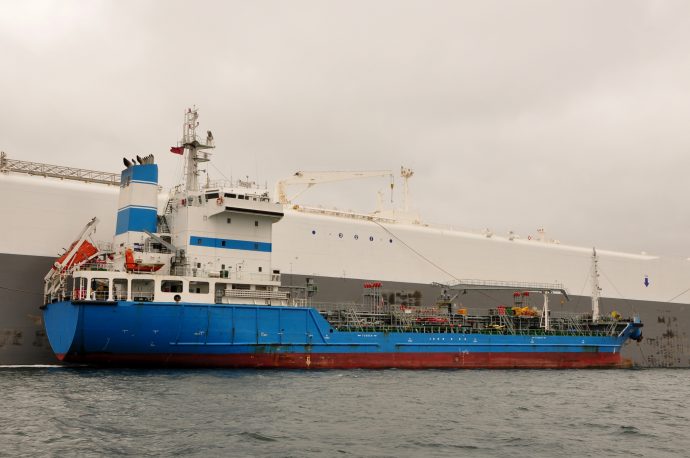Ship owners around the world are looking at ways of improving their vessels’ energy efficiency and lowering their carbon footprint as the maritime industry moves towards to decarbonisation. The need to ensure shipping operations are as environmentally friendly as possible is being driven by IMO’s measures to reduce the carbon intensity of all ships by 30% by 2030 and reach net zero by or around 2050.
One of those measures is the International Maritime Organisation (IMO’s) Carbon Intensity Indicator (CII): an annual measure of how environmentally friendly a ship’s operations are - primarily greenhouse gas (GHG) emissions relative to the amount of cargo carried and the distance travelled. The regulation, which affects vessels over 5,000gt and above, came into force in January this year. Since then, ship owners have been working to implement changes to ensure their vessels are compliant ahead of the regulation’s first anniversary; and for good reason.
On 1 January 2024, vessels will receive their first-ever CII rating based on their emissions in the previous year. They will receive a rating between A and E, with those rated D and E deemed non-compliant.
During London International Shipping Week, Arsenio Dominguez, Secretary-General Elect of the IMO, highlighted the important role that regulations like CII play in ensuring shipping meets its decarbonisation strategies while acknowledging the impact on charterers and shipping rates.

“We are a global industry,” he said. “Just as in day-to-day life, we are in a transforming phase of the industry, so things will change. The business model will not remain the same, otherwise, it will be difficult for us to compete with others, and that's a reality.”
Driving alternative fuels
Ahead of January’s deadline, ship owners have made significant moves to ensure their vessels reduce their carbon intensity to comply with the CII regulation. Many are retrofitting their vessels with energy-saving devices or purchasing compliant newbuilds, but other steps can be taken.
The adoption of alternative fuels goes hand-in-hand with decarbonisation. By using fuels with a reduced carbon footprint, such as biofuels and synthetic fuel products, vessels can significantly reduce their output.
GAC Bunker Fuels was the first bunker company to align with the United Nations Sustainable Development Goals and, for several years now, has been helping customers transition to alternative fuels such as LNG, methanol, ammonia and biofuels.
“We are supporting our customers’ decarbonisation journeys by helping them identify and source alternative fuels that are greener and cleaner,” says Martyn McMahon, Global Director of GAC Bunker Fuels, whose GHG emissions have been verified by Bureau Veritas UK Limited last year.
“Our expertise in providing critical bunkering services in all major regions means we have the tools, resources and knowledge to help them meet their energy transition targets.”
But there is ‘no one-size-fits-all approach’ when it comes to alternative fuel adoption, Martyn warns.

“There is no clear front runner when it comes to which greener fuel will become an industry standard as there are so many factors to consider, such as vessel type, the age of the ship, the trading area, the fuel price and infrastructure development and much more," he adds.
“And while there is a gap between demand and availability, GAC Bunker Fuels is doing its part to ensure this gap is tightened and bunkering solutions are available wherever shipping goes.”

Less than three months until the impact of the CII regulation becomes a reality, it is vital that stakeholders across the industry work together to decarbonise. And partnerships can set the path towards a greener industry.